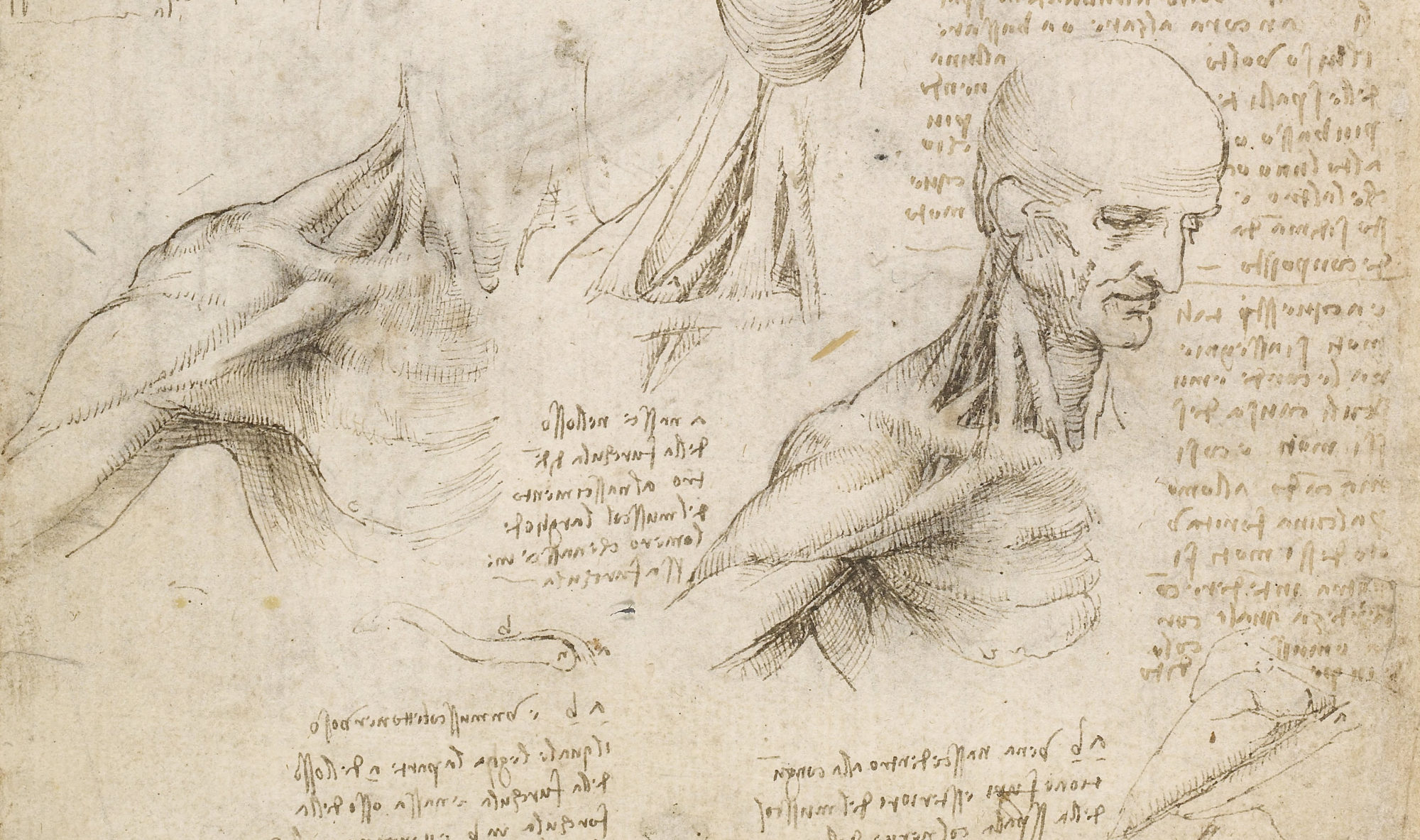Few weeks I ago, I made a quicker maturing cheese – edam. Now the time has come to take the home made edam out of the cheese cave and give it a try.
Sensory review
After opening the vacuum pack, the smell is distinctly cheesy. There is some liquid (whey?) on the edges of the cheese, but all in all it is very dry and somewhat resilient to the touch. The week outside the fridge softened the cheese, so that the vacuum package created small ridges to the side of the cheese.
The cheese plane easily cuts into the cheese without the cheese breaking. Under the initial layer, the cheese has noticeable small inclusions, either gas bubbles or inclusions left from low pressure compression of the curds. I suspect the former.
The taste is relatively mild. It tastes more like a Finnish Oltermanni ( a mild hard cream cheese) than an edam, but with a slightly more acidic twist. The original recipe called for low fat milk, but my full fat milk made it more like a cream based hard cheese.
Conclusions
I’m very happy! After my half assed failure with my Mozzarella, this cheese was a success! Even the family liked it and gave me permission not to buy store bought cheese, but to eat this. I will need to try to make this cheese out of cream and low fat milk as well.
The recipe
Adapted from Tim Smith’s Making Artesan Cheese
Ingredients
- 8 liters full fat milk
- 2 dl of mesophilic mother culture
- 5ml liquid rennet
- about 1,5l of water at 60°C
- Brine solution
The procedure
- Heat 8 liters of milk to 32°C in a water bath and stir in the about 2 dl of starter culture.
- Maintain the temperature of 32°C and add 5 ml of liquid rennet. Stir gently but thoroughly for about a minute.
- Cover and let rest for 1 h at 32°C
- Once the milk has solidified, cut the curd into small 1 cm cubes.
- Stir the curds gently for 30 minutes
- Drain 1/3 of the whey and add an identical volume of 60°C water. This should increase the overall temperature to 37°C. If not, increase the heat and allow to reach the temperature.
- Maintain the 37°C for forty minutes, stirring constantly to prevent the curds from matting.
- Let the curds rest for 5 minutes.
- Drain off the whey into a cooking pot and heat the excess whey to 52°C
- Pour the curds into a cheese mold lined with cheese cloth. Press with about 4 kg of pressure per cheese for 30 minutes.
- Set the cheese in the 52°C heated whey for thirty minutes.
- Remove the cheese and put it back in the mold
- Press 12 kg for six hours
- Remove, unwrap, turn it around and press it with 12 kg for six hours
- Remove it from the press and bathe it in a cold brine solution for three to four hours.
- Remove the cheese, pat dry. Place it in your cheese cave for a week.
- Wax the cheese or place it in a vacuum bag.
- Let the cheese mature for three to eight weeks in your cheese cave.

